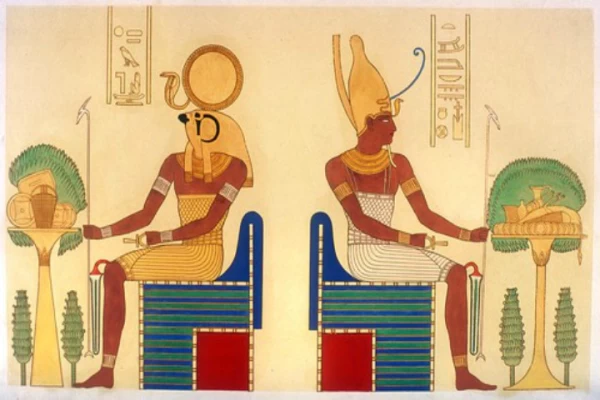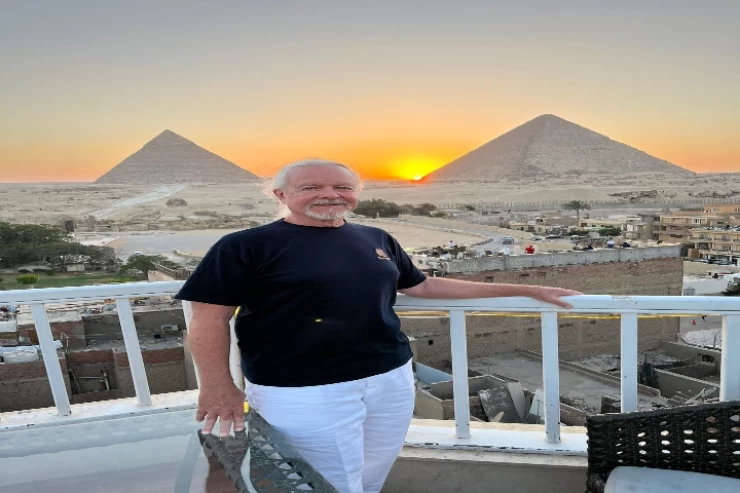
The Pharaonic Era-History of Ancient Egypt
The Geologic Time Scale places the history of Aryan Pharaohs in Egypt for more than 7000 years BC. This is because, as Egypt would eventually see, the emergence of civilization in the old world was very much thanks to the Nile River, which...as seen in the current aesthetics of the Pharaonic civilization, its arts form a very important aspect of the culture.
They are the ones who were responsible for the creation of Pharaonic state, Misrayim being the son of Ham the son of Noah. And in this article, we will focus on the major accomplishments in the history of Pharaonic Egypt Will be presented. A surprising fact is that the greatest architecture was provided by the Pharaohs. They constructed mastabas and, what are today considered one of the wonders of the world, pyramids which are tomb structures.
The pyramid of Djoser is held to be the first pyramid constructed by the pharaohs. After which came the building of the Meidum pyramid, although the three pyramids in Giza are the most well-known ones built particularly the Sphinx. Lastly, the reason behind building the pyramids was, to act as a tomb for the pharaohs.
In the Middle Kingdom, the pharaohs began the construction of funerary temples, as well as walls, castles, and fortresses, but the modern times of the Pharaonic state saw a great revival in the building and construction techniques, wall paintings, inscriptions, and other ancient arts which are now seen on the vast walls of temples.
Tomb walls often carried engravings, so it is natural that one would think of the pyramids as tombs. The most fascinating architectural structures which the Pharaonic civilization brought forth include temples of Amun, Khufu, Karnak, Ramesseum, Luxor, Hatshepsut and rock-carved temples.
The Egyptians had innovative ideas about the sort of make-up and ornaments they wore which were probably worked on with amazing precision that the manufacture of cosmetics utilized such flowers as papyrus, palm, and lotus and the making of jewelry incorporated precious stones, to which the Egyptian females were very fond of, thus the dreamed up kohl, henna, chains, and of course rings, not to mention the making of very beautiful garmets tailored from various fabrics moreso than linen alone out of which some were pure silk imported from foreign lands.
















